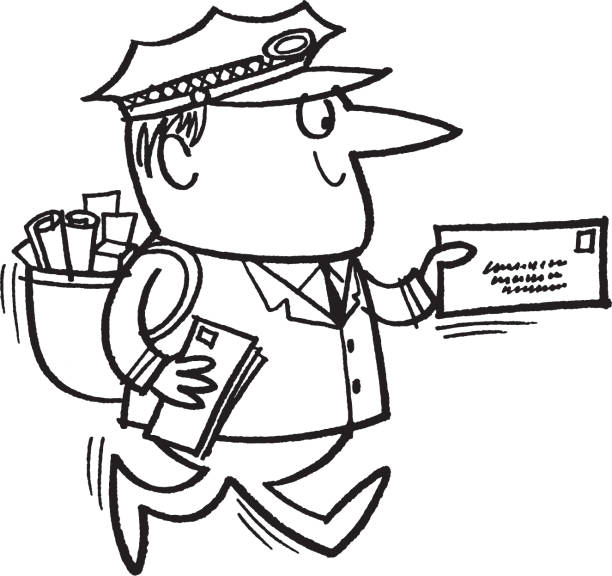Bump Start (Manual Transmission Only)
How To Jump Start A Vehicle (Part 2 Of 3)
Updated:

Youtube: googlevideo.com, youtube-nocookie.com.
Before you start reading this page, please be aware that this method only works for vehicles with manual transmission. If you have automatic transmission, you will need to try one of the other methods.
If you don't happen to be in a position where you can ask for help - perhaps there simply isn't anybody around to provide it - you may find the bump start option a most excellent alternative. This method requires a hill, and for you to be facing down it. If you don't have a hill, but you do have a couple of people with you, a level surface and a good push might be enough. It's imperative to pick a safe time to try this. If you can't be sure, don't try it. It's safer to call for help and wait than to risk a traffic accident. But then again, you are resorting to this because there is nobody around, so use your head and always expect the worst luck.
1. Everyone involved should put on their hi-vis vest. That's for safety. You need to be visible on the road.
2. Put the vehicle in neutral and, if there is any battery life at all, turn on the hazard lights to alert anyone in the area that you are doing something out of the ordinary. It wouldn't be the worst time to deploy the  Warning Triangle, either.
Warning Triangle, either.
3. Turn the ignition to position II (two clicks from the off position). Do NOT try to start the engine.
4. Take the hand brake off and allow the vehicle to begin rolling down the hill. Without your engine running, you won't have power assisted steering, so make sure the hill is straight, at least for the first 100 meters or so.
5. When you reach around 10mph (~16km/h), engage second gear and lift the clutch pedal quickly. If you lift it too slowly, the stationary engine will act like a brake, bringing the vehicle to a stop. If you lift up quickly, the opposite will happen, and the turning wheels will force the engine to turn, initiating the combustion cycle. Since the ignition is on, this should result in a nice little explosion that brings the engine stuttering to life. Don't forget to warn your car pushers before you do this part, as they will experience a sudden change of speed and possibly a face full of exhaust gases.
6. When the engine jumps to life, continue as normal and take off the hazard lights when you reach a safe speed to keep up with traffic. If you have used the warning triangle, don't forget to go back and collect it before setting off.
Here's all that in video format, by "Your Home Garage":
You need to enable javascript from Youtube (and possibly others), in order to see this video.
Sign In To Leave A Comment
There are no comments marked as public for this item.
Stay Up To Date





 For When Things Go Wrong (And They Will)
For When Things Go Wrong (And They Will) Read around 1,300 times
Read around 1,300 times For Everyone
For Everyone